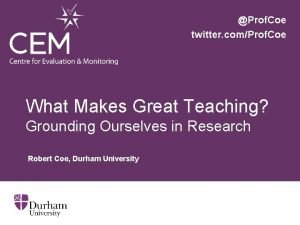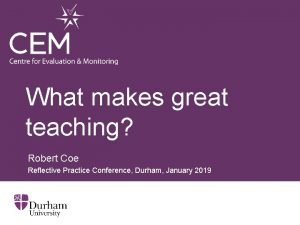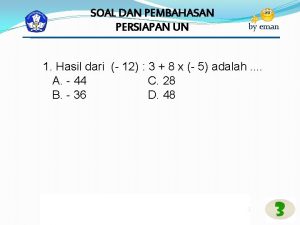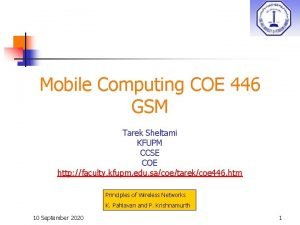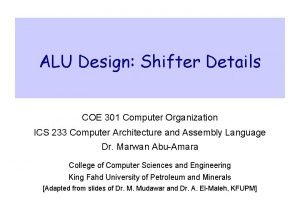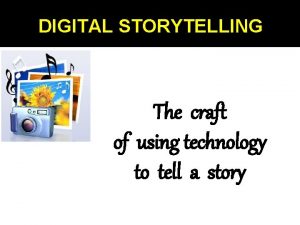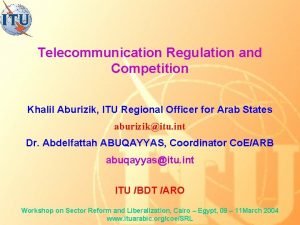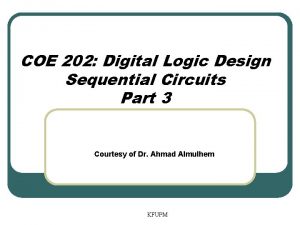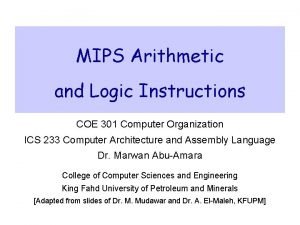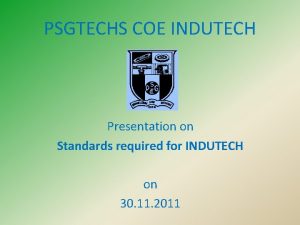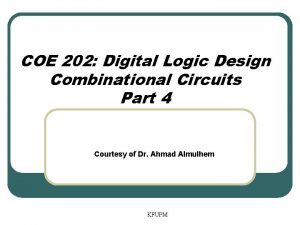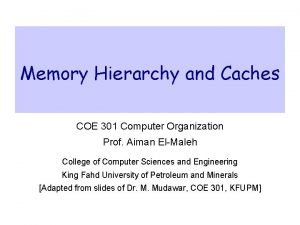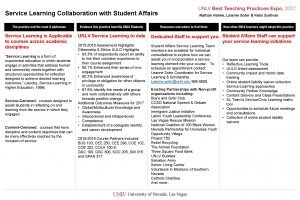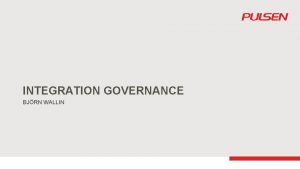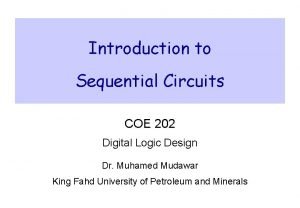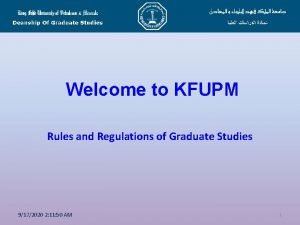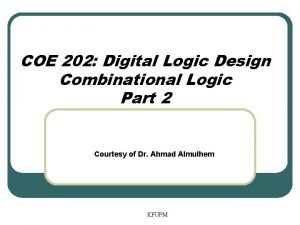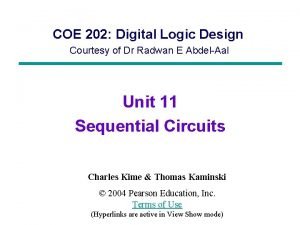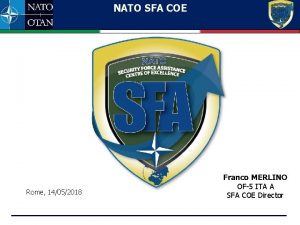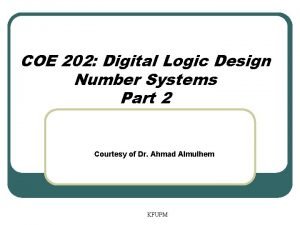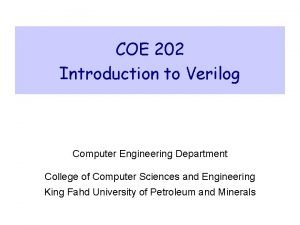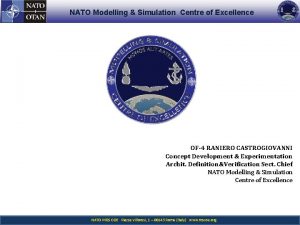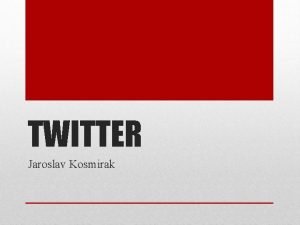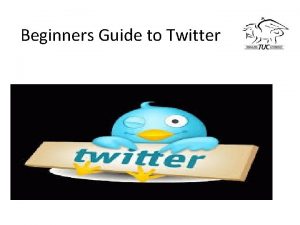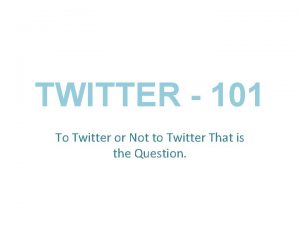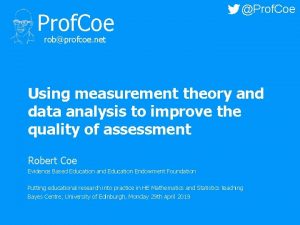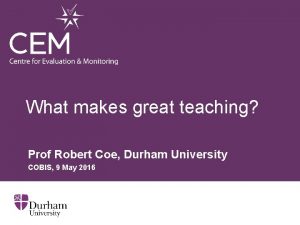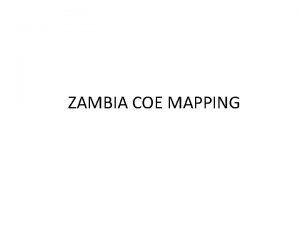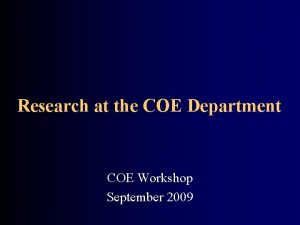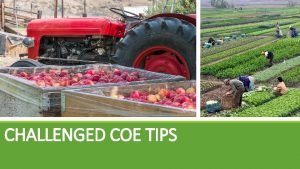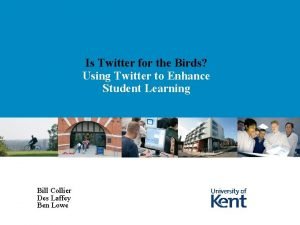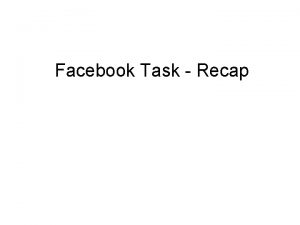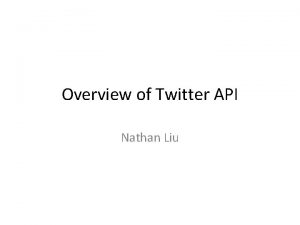Prof Coe twitter comProf Coe What Makes Great



























- Slides: 27

@Prof. Coe twitter. com/Prof. Coe What Makes Great Teaching? Grounding Ourselves in Research Robert Coe, Durham University

Take-aways § Great teaching is hard to define – What should we look for? What can we see? § Excellent (and poor) teachers/teaching are hard to identify ∂ – Signal is hidden by noise, biases & confounds – There are many ways to be good § Feedback can promote teacher learning, if – We are clear what we want teachers to learn – We are clear how we assess that learning – We give the right kinds of feedback in the right ways 2

http: //www. suttontrust. com/researchive/great-teaching/ ∂ 3

Pedagogy: what does great teaching look like?

We do that already (don’t we? ) § § § § § Reviewing previous learning Setting high expectations Using higher-order questions Giving feedback to learners ∂ Having deep subject knowledge Understanding student misconceptions Managing time and resources Building relationships of trust and challenge Dealing with disruption 5

Do we always do that? § § § § Challenging students to identify the reason why an activity is taking place in the lesson Asking a large number of questions and checking the responses of all students Raising different types of questions (i. e. , process ∂ difficulty level and product) at appropriate Giving time for students to respond to questions Spacing-out study or practice on a given topic, with gaps in between forgetting Making students take tests or generate answers, even before they have been taught the material Engaging students in weekly and monthly review 6

We don’t do that (hopefully) § § § § Use praise lavishly Allow learners to discover key ideas for themselves Group learners by ability Encourage re-reading and highlighting to memorise key ideas ∂ Address issues of confidence and low aspirations before you try to teach content Present information to learners in their preferred learning style Ensure learners are always active, rather than listening passively, if you want them to remember 7

If you saw this in classroom observation or visits, how would you evaluate it? 1. Students working independently: self directed and self-reliant a) b) c) d) e) ∂ this Always good: strive for Good to see – probably positive Neutral or not clear Generally negative, but may depend Definitely bad: needs addressing 8

If you saw this in classroom observation or visits, how would you evaluate it? 2. Students engaged, excited, enjoying their tasks a) b) c) d) e) ∂ this Always good: strive for Good to see – probably positive Neutral or not clear Generally negative, but may depend Definitely bad: needs addressing 9

If you saw this in classroom observation or visits, how would you evaluate it? 3. Students teaching each other a) b) c) d) e) Always good: strive for this ∂ positive Good to see – probably Neutral or not clear Generally negative, but may depend Definitely bad: needs addressing 10

From the survey responses § Plenty of good frameworks being used § But frameworks don’t define quality (even good ones) ∂ § Also need: – Training (eg in observation) – Triangulation against other measures – Validity checking: local, real-time, ongoing QA 11

Can we identify the best (worst) teachers?

Methods of identifying effectiveness § classroom observations by peers, principals or external evaluators § ‘value-added’ models (assessing gains in student achievement) ∂ § student ratings § principal (or headteacher) judgement § teacher self-reports § analysis of classroom artefacts and teacher portfolios 13

From the survey responses § Use the best teachers as observers/coaches § “Introducing a school wide observation team to build, sustain and share great professional practice. (Made up of∂ outstanding practitioners, not necessarily in leadership roles” (Ani Magill, UK) § Not much use of student surveys? 14

Views of student surveys a) I regularly use a validated student survey b) I value student feedback, collected informally: ‘student voice’ ∂ use of student c) I have not made much surveys, but think they could have value d) I would not want to use student surveys 15

Do you want to identify ‘excellent’ and ‘poor’ teachers? 1. Identify excellent teachers a) No, never b) Possibly c) Yes ∂ 2. Identify poor teachers a) No, never b) Possibly c) Yes 16

-Most intensive support -Requirement to improve -Let go -Example for others to watch -Lead on pedagogical support -Team of observers -Reward and retain ∂ Average Poor Excellent Teacher effectiveness 17

If you have used ‘state-of-the-art’, research-based approaches … § A teacher is identified as ‘poor’. What is the probability they really are poor? a) b) c) d) e) f) 90% 80% 60% 40% 20% 10% ∂ 18

If you have used standard, school-based approaches … § A teacher is identified as ‘poor’. What is the probability they really are poor? a) b) c) d) e) f) 90% 80% 60% 40% 20% 10% ∂ 19

How could this promote better learning?

Sustained professional learning is most likely to result when: § § § the focus is kept clearly on improving student outcomes; feedback is related to clear, specific and challenging goals for the recipient; attention is on the learning ∂ rather than to the person or to comparisons with others; teachers are encouraged to be continual independent learners; feedback is mediated by a mentor in an environment of trust and support; an environment of professional learning and support is promoted by the school’s leadership 21

Five Strategies of Formative Assessment (Wiliam 2011 Embedded formative assessment) § Clarifying, sharing and understanding learning intentions and success criteria § Engineering effective classroom discussions, activities and learning tasks that elicit evidence of learning ∂ § Providing feedback that moves learners forward § Activating learners as instructional resources for each other § Activating learners as the owners of their own learning 22

From the survey responses § § § Requirements: Buy-in, trust, incentives, shared mission and vision (goals), self-belief, relationships, confidence, collaboration & mutual support, high regard for teacher expertise, failure is an opportunity for growth, empowerment ∂ Take control of PD – school-led, teacher-led How do you give critical feedback? So that critical friend is not just a friend – “Teachers typically form personal relationships (their friendships) at ‘school’ and cannot face the possibility of ‘upsetting’ a colleague by giving feedback that may threaten that relationship. Appraisers needed to be trained” (Paul Browning) 23

Barriers § Time – never enough. But some build it in. – Pros & cons of using supply/substitute cover? § Staff who don’t think they can improve, don’t think they need to, or∂don’t want to try § Accountability systems 24

Beware these traps § Overconfidence about knowledge of what is effective § Focus on teaching rather than learning § Thinking that we are ∂doing it already § Overconfidence in assessments (even if formative) of teaching quality § Thinking that if we assess teaching we must attach consequences to that (cf ‘assessment for learning’) 25

Tools/strategies must … § Challenge the ‘we think we do that already’ trap § Keep the main thing: student outcomes ∂ § Build in impact evaluation: Does using it improve outcomes? (Cannot work without background of good assessment of student outcomes) 26

Practical toolkit ideas … § Guide to help teachers to focus on what really matters – Research-based elements of effectiveness: ‘what works and why’ ∂ to see progress § Tools to help teachers against immediate goal – Eg tool for tracking student time on task, quality of questioning, high expectations § Assessments to keep longer-term goals in view (and evaluate against them) 27
 Comprof
Comprof Robert coe what makes great teaching
Robert coe what makes great teaching Openstack coe
Openstack coe Panitia perpisahan memerlukan 40 kg beras untuk
Panitia perpisahan memerlukan 40 kg beras untuk Kfupm coe
Kfupm coe Anne coe
Anne coe Coe 233 kfupm
Coe 233 kfupm Digitalstorytelling coe uh edu
Digitalstorytelling coe uh edu Khalil coe
Khalil coe Coe 202
Coe 202 Msu sis
Msu sis Instruction format
Instruction format Psgtechs coe indutech
Psgtechs coe indutech Coe 202
Coe 202 Access memory
Access memory Coe 202 unlv
Coe 202 unlv C4e vs coe
C4e vs coe Coe 202
Coe 202 Academic warning kfupm
Academic warning kfupm Conditional move instruction
Conditional move instruction Coe 202
Coe 202 Pos expression can be implemented using
Pos expression can be implemented using System 360 principles of operation
System 360 principles of operation Coe 202
Coe 202 Sfa coe
Sfa coe Coe 202
Coe 202 Coe 202
Coe 202 Nato transnet
Nato transnet
